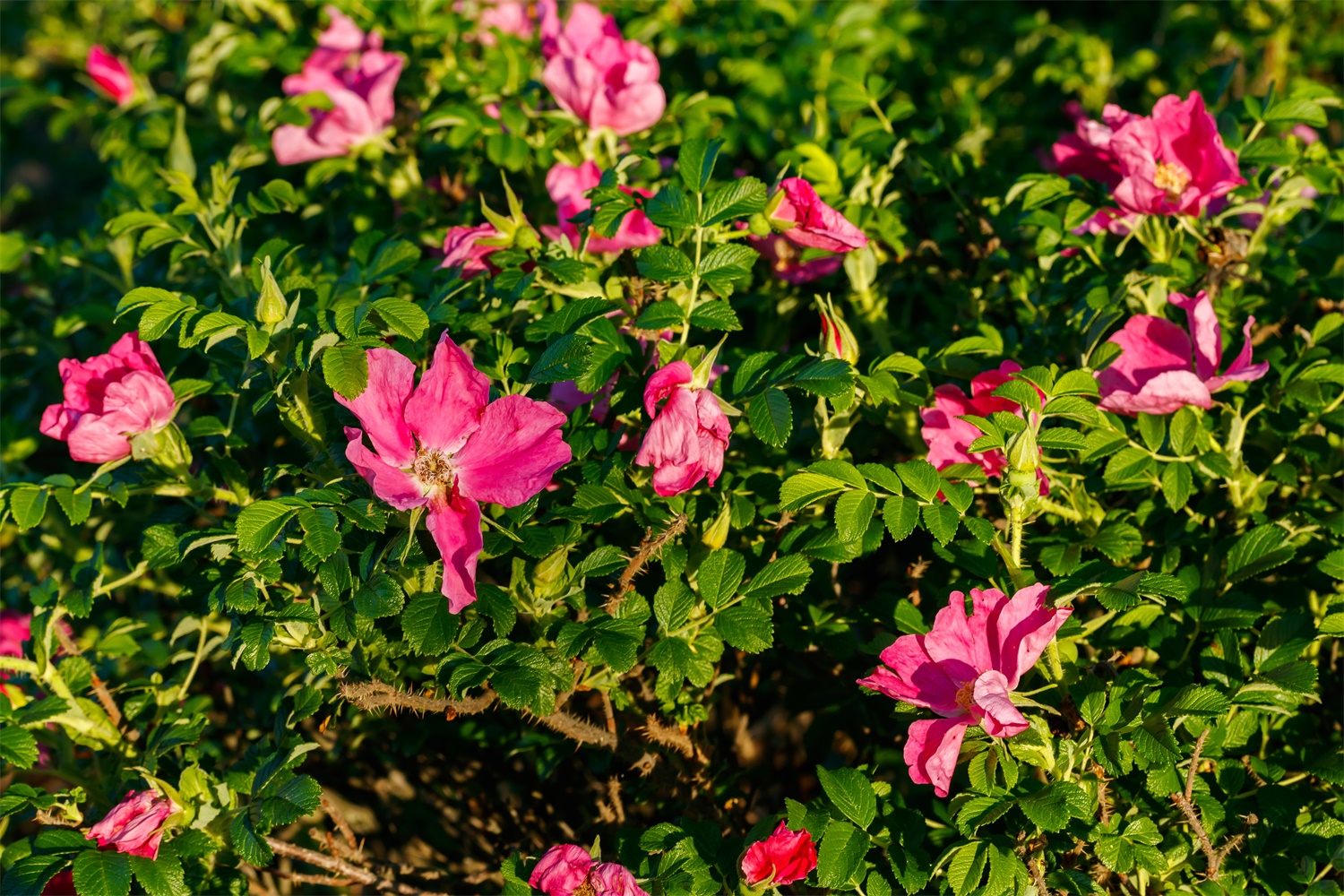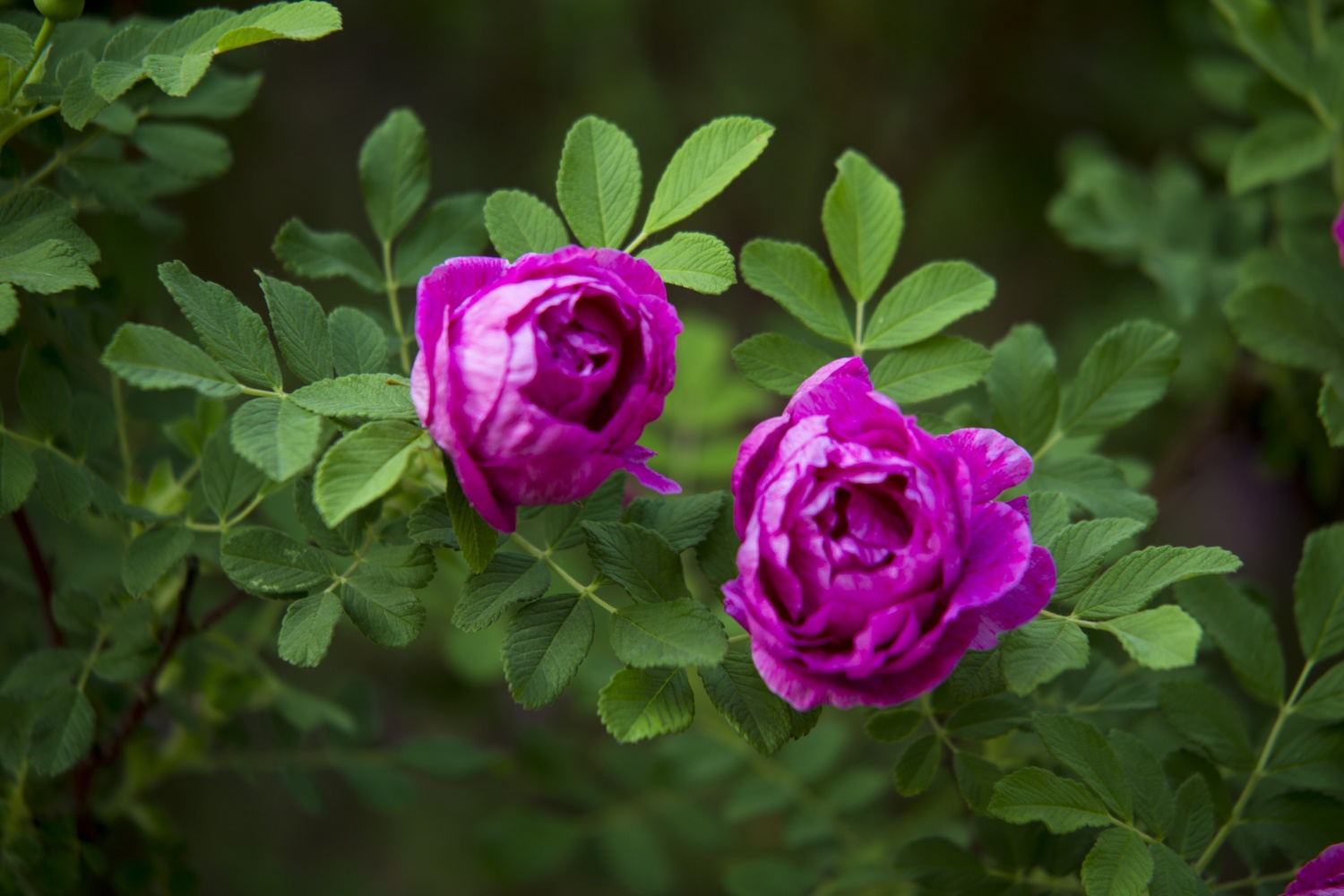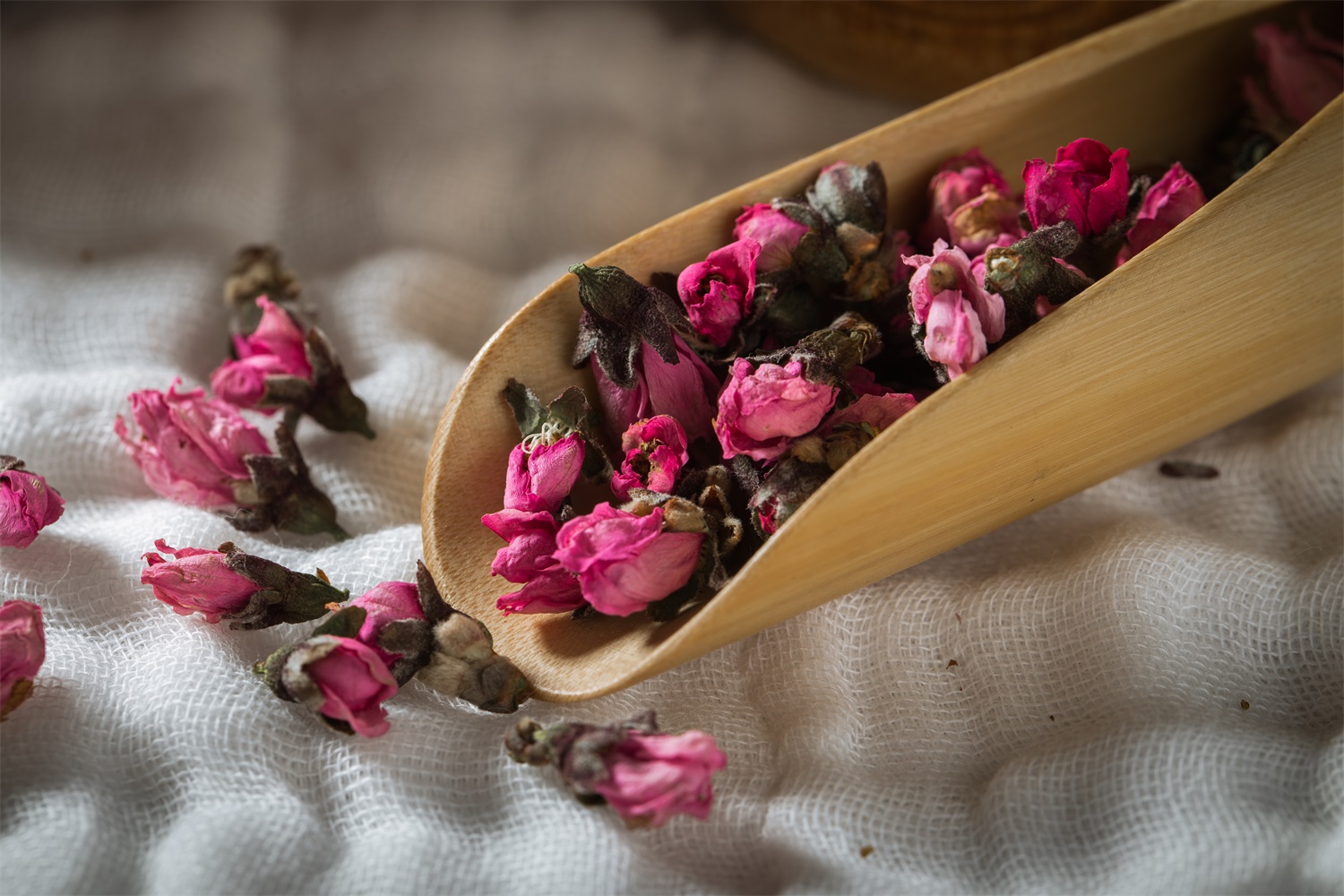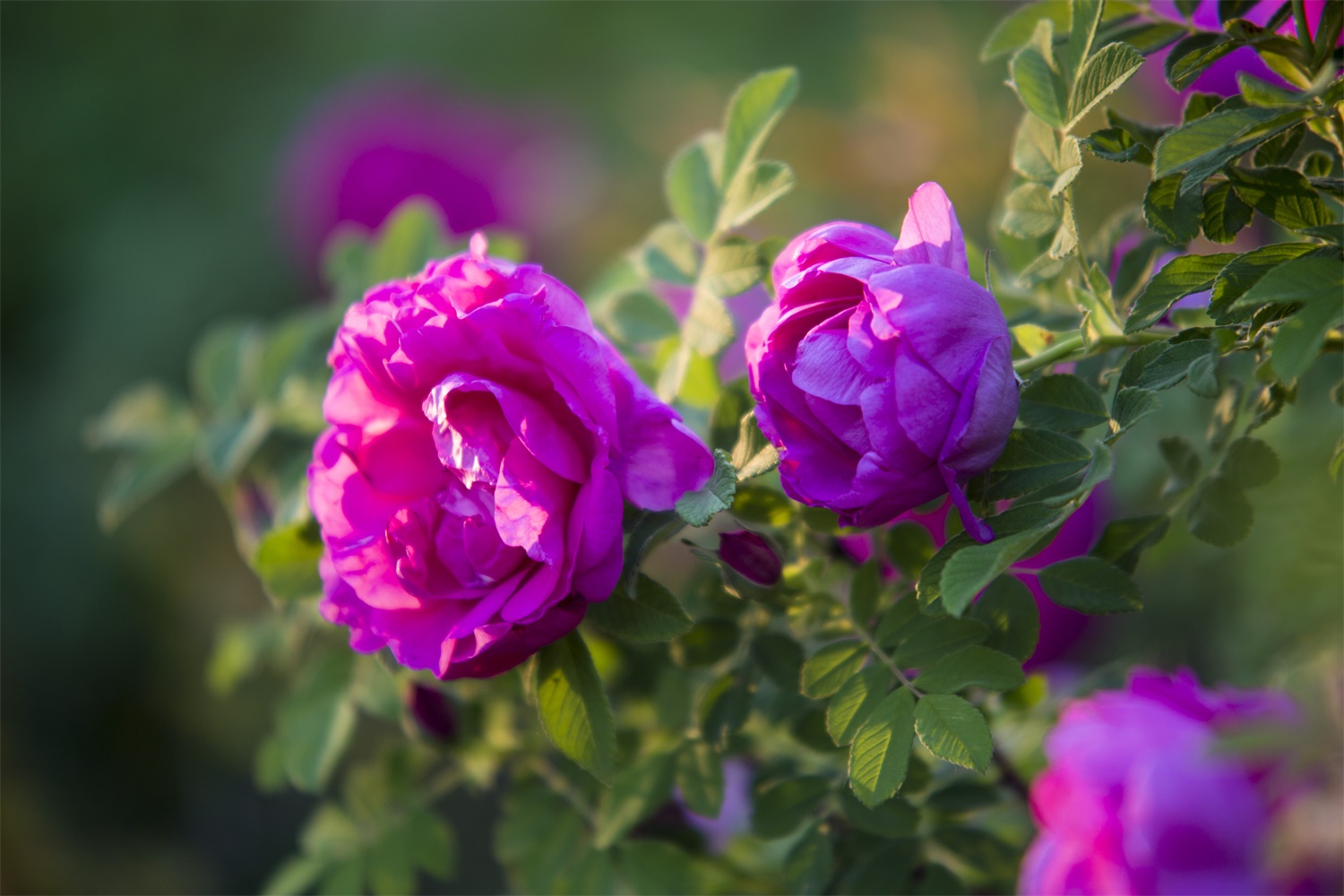1、 Curing method
1. Temperature: the temperature suitable for its development is between 15 and 25 degrees, and the overwintering temperature in winter cannot be lower than 10 degrees

2. Watering: it is drought resistant but not waterlogging resistant. When watering, it needs to control the amount. Just pour the soil until it is completely wet. If you don't know how to judge whether the water is enough, you can pinch the soil while pouring. If the soil is completely wet but not caked, it means that the water is well poured. The climate in winter is relatively dry, so the soil should be kept slightly wet for a long time

3. Fertilization: during the growth period, it is necessary to apply fertilizer every 20 days. Compound fertilizer should be selected because the nutrition of compound fertilizer is relatively comprehensive and can meet the needs of all aspects of the plant

4. Light: it is suitable for growing in a semi positive and semi negative environment. Strong sunlight will burn the plant, and insufficient sunlight will lead to poor growth of the plant. Therefore, astigmatism shall be used as much as possible. The plants maintained in the open ground need to do a good job of sunshade. A layer of sunshade can be covered on it. When the light is too strong, the sunshade can be put down to avoid moving back and forth

2、 Breeding skills
1. Reproduction: it can reproduce by sowing. The time of sowing and breeding is generally spring, because the climate in spring is stable, and the humidity and temperature are more suitable for plant growth. Soak the prepared seeds for 4 hours in advance, then sprinkle them into the cultivation soil with sufficient nutrients, water them once, and cover them with a film. The purpose of covering the film is to ensure the humidity and temperature. It will sprout in about three days. When it grows to three real leaves, it can be transplanted and planted

2. Pruning: it grows faster. If the branches and leaves of some branches are too lush, they need pruning. The purpose of pruning is to concentrate nutrients and avoid unnecessary nutrient consumption. In addition to thinning branches, it is also necessary to prune the residual branches and dead leaves to avoid affecting the beauty

3、 Problem diagnosis
1. Insect pests: its flower smell is very fragrant and is very popular with pests. After flowering, it needs to spray insecticide once a week

2. Yellowing of branches and leaves: it has the problem of yellowing of branches and leaves, which may be caused by insufficient nutrients. It is necessary to increase nutrients. In addition to fertilizing the soil, it is also necessary to use flower fertilizer for branches and leaves

4、 Other issues
1. Consumption: some varieties are edible and can be made into pastries, flower tea, etc. making tea can promote skin metabolism and drink more to improve beauty

2. Toxic: some varieties are toxic and some are non-toxic. Before raising, it is necessary to find out the varieties and avoid eating by mistake


 how many times do yo...
how many times do yo... how many planted tre...
how many planted tre... how many pine trees ...
how many pine trees ... how many pecan trees...
how many pecan trees... how many plants comp...
how many plants comp... how many plants can ...
how many plants can ... how many plants and ...
how many plants and ... how many pepper plan...
how many pepper plan...




























